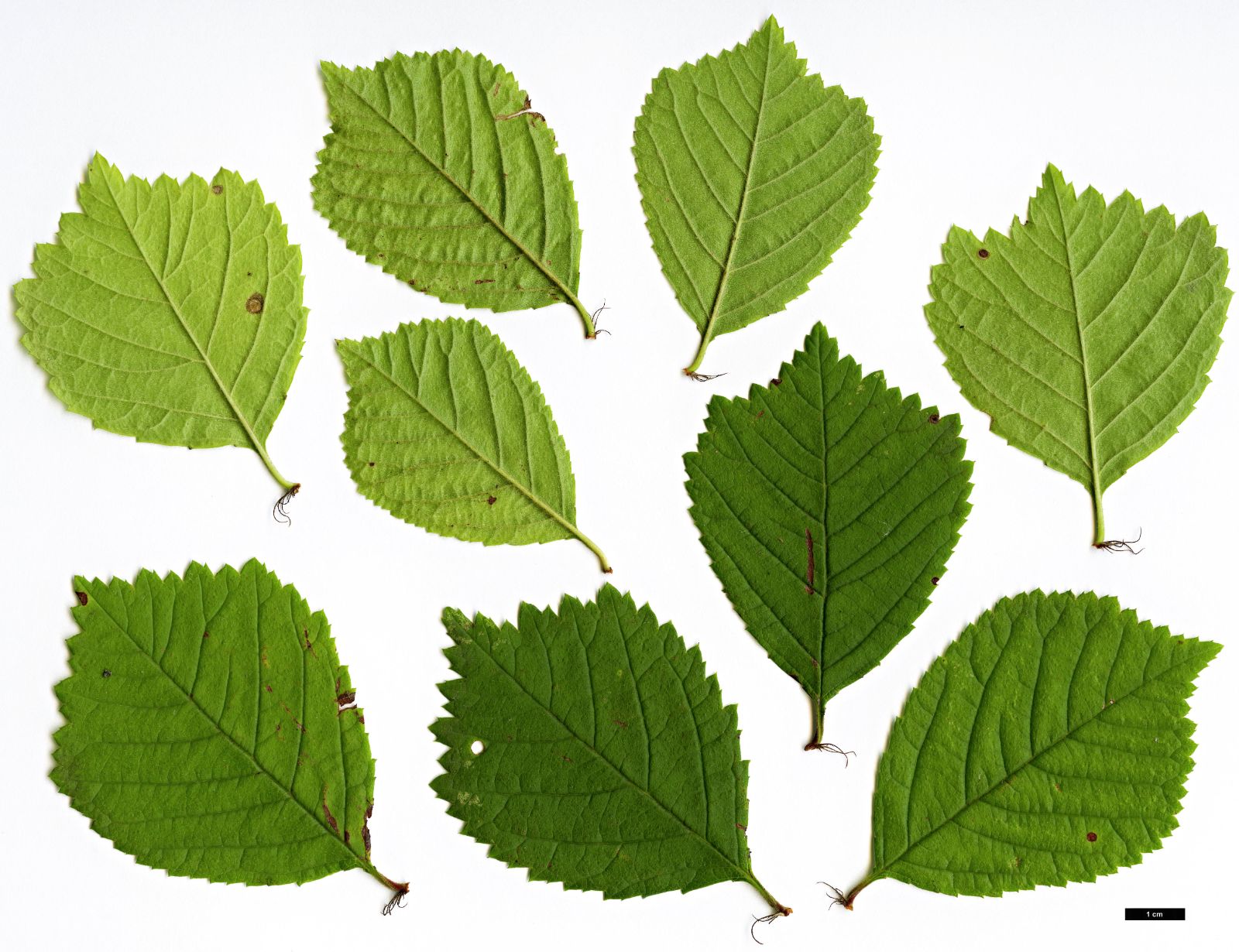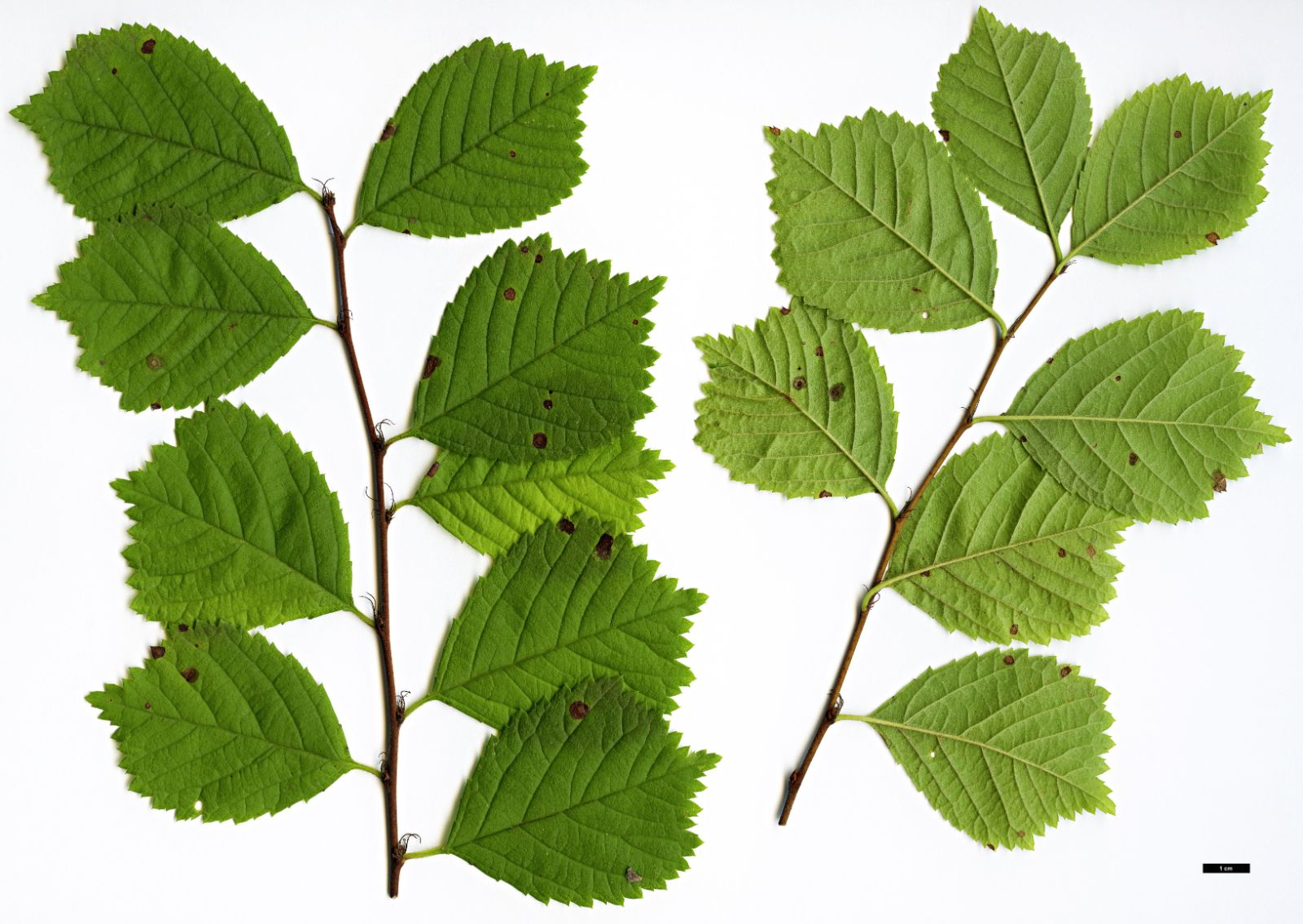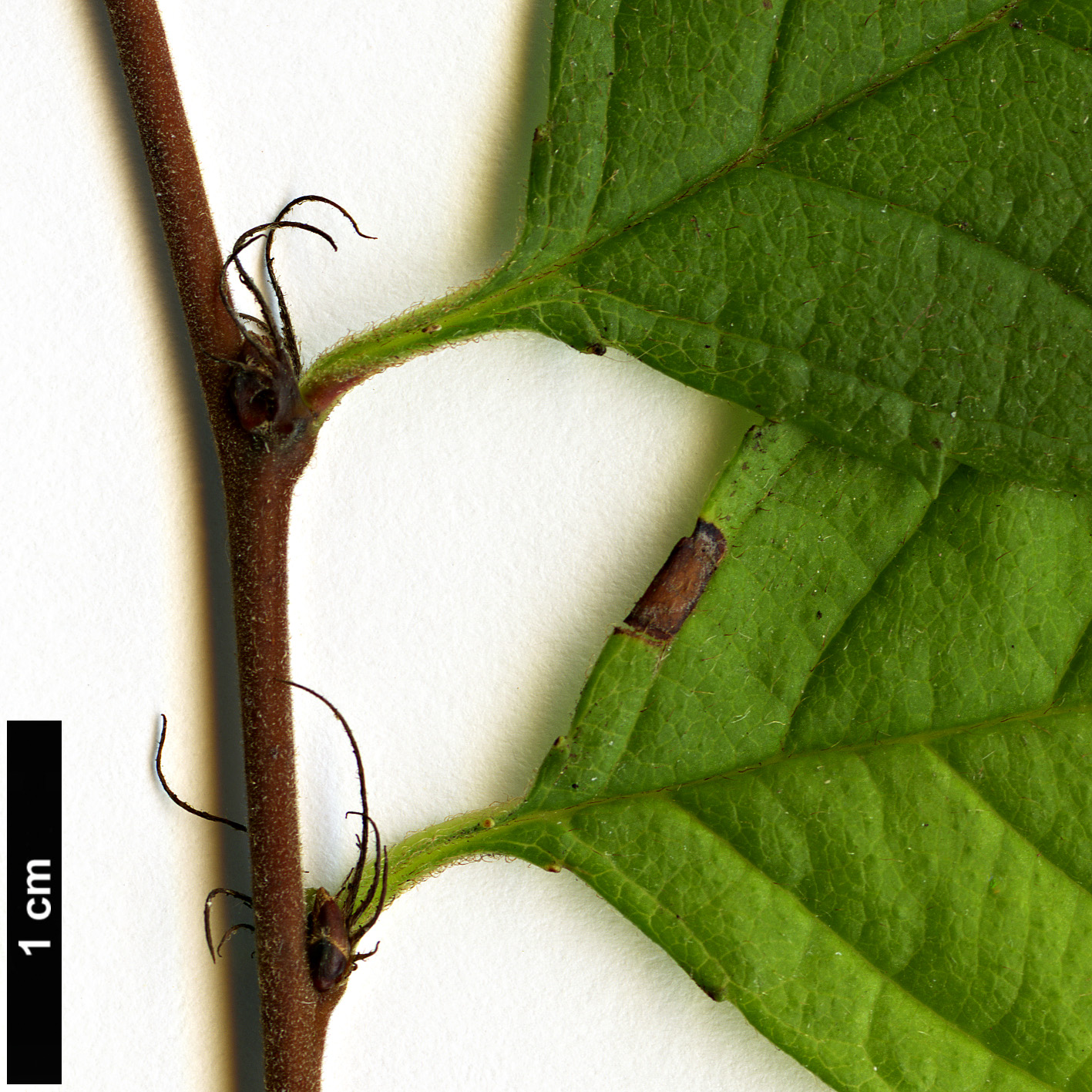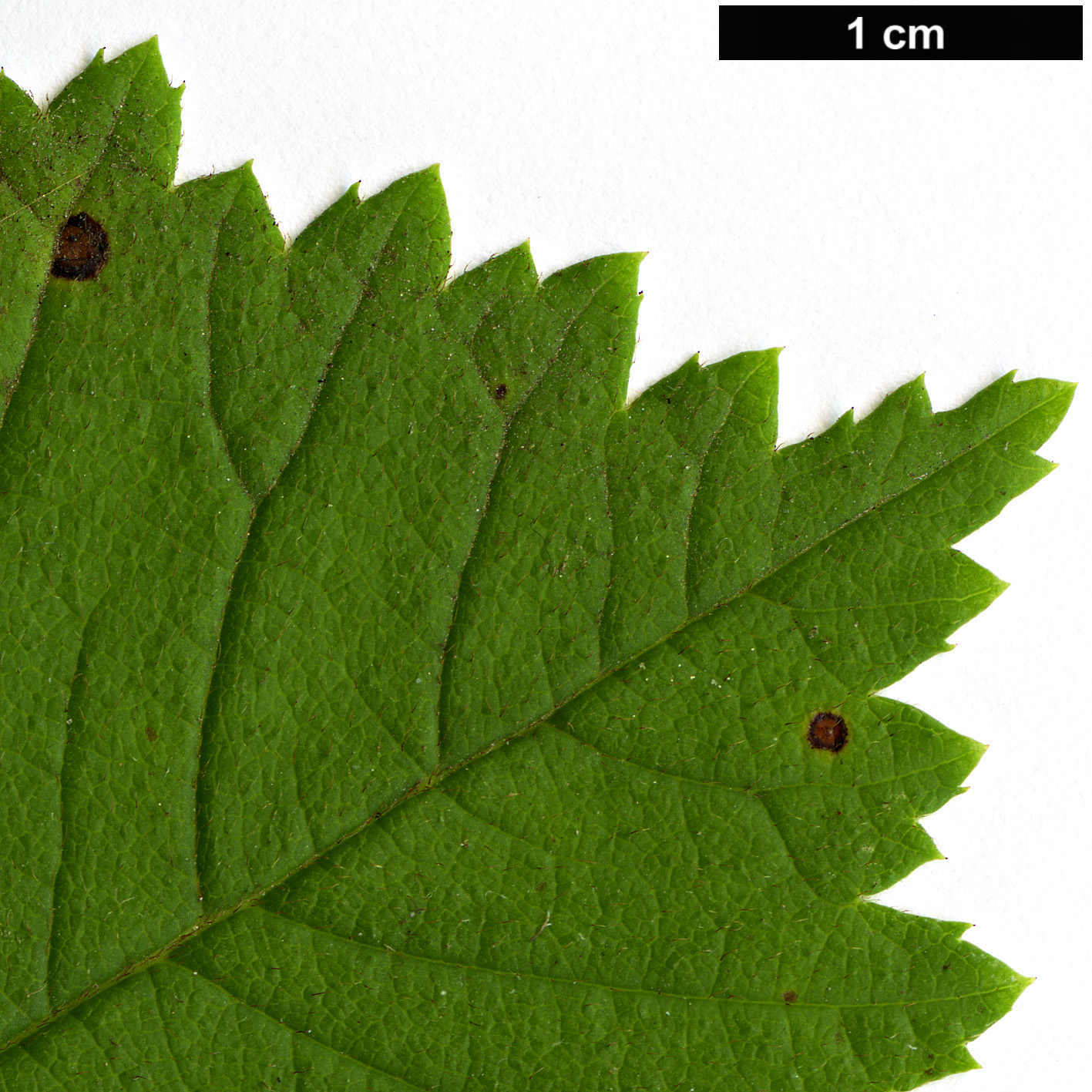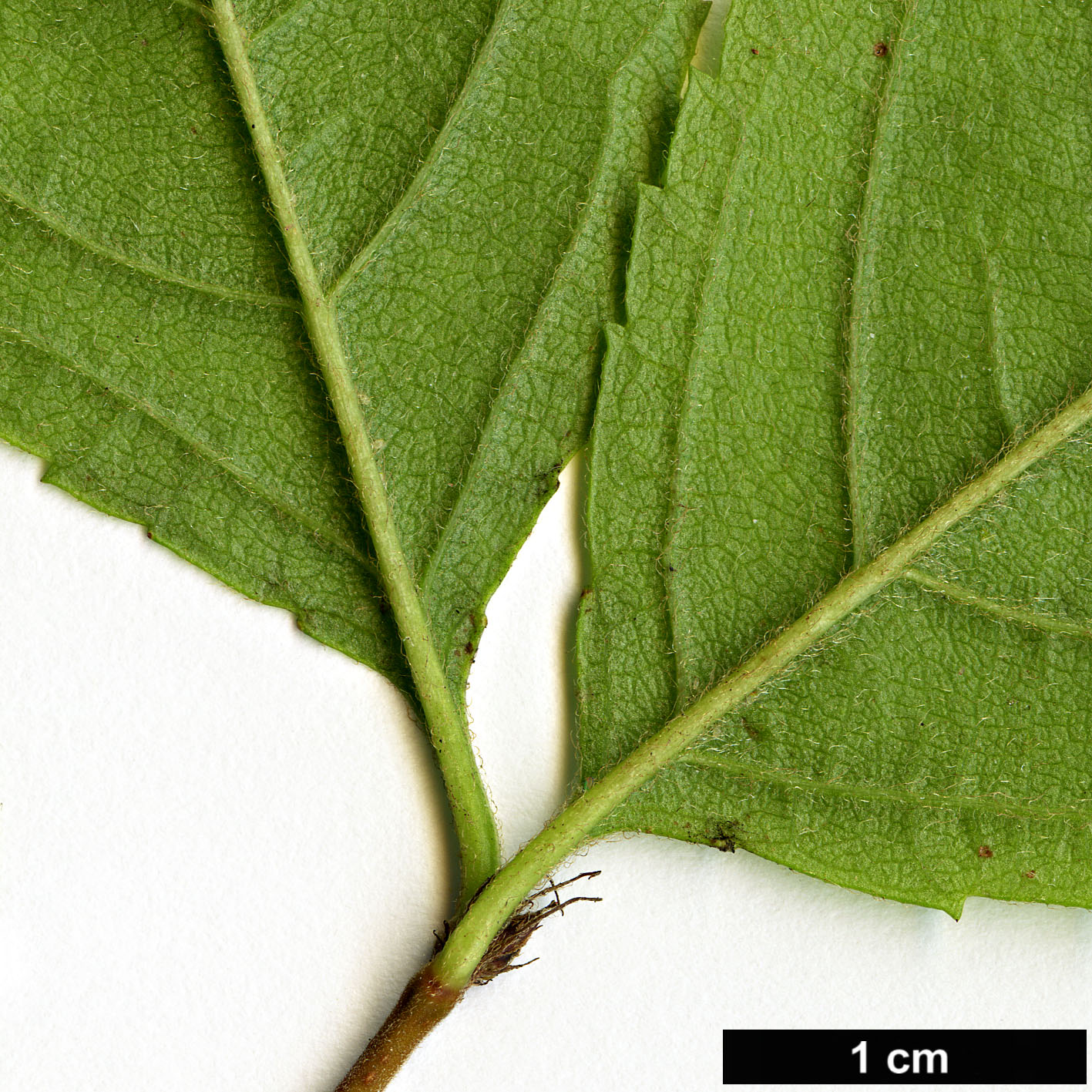Prunus triloba
Credits
Article from Bean's Trees and Shrubs Hardy in the British Isles
Recommended citation
'Prunus triloba' from the website Trees and Shrubs Online (treesandshrubsonline.
Genus
Synonyms
- Amygdalopsis lindleyi Carr.
Infraspecifics
Other taxa in genus
- Prunus alleghaniensis
- Prunus americana
- Prunus × amygdalo-persica
- Prunus amygdalus
- Prunus angustifolia
- Prunus apetala
- Prunus arabica
- Prunus argentea
- Prunus armeniaca
- Prunus avium
- Prunus besseyi
- Prunus brigantina
- Prunus campanulata
- Prunus canescens
- Prunus cantabrigiensis
- Prunus cerasifera
- Prunus cerasus
- Prunus cocomilia
- Prunus concinna
- Prunus conradinae
- Prunus consociiflora
- Prunus cornuta
- Prunus cuthbertii
- Prunus dasycarpa
- Prunus davidiana
- Prunus × dawyckensis
- Prunus dielsiana
- Prunus domestica
- Prunus dulcis
- Prunus emarginata
- Prunus × fontanesiana
- Prunus fruticosa
- Prunus glandulosa
- Prunus grayana
- Prunus himalaica
- Prunus hortulana
- Prunus humilis
- Prunus ilicifolia
- Prunus incana
- Prunus incisa
- Prunus jacquemontii
- Prunus kansuensis
- Prunus lannesiana
- Prunus laurocerasus
- Prunus litigiosa
- Prunus lusitanica
- Prunus maackii
- Prunus mahaleb
- Prunus maritima
- Prunus maximowiczii
- Prunus microcarpa
- Prunus mira
- Prunus mugus
- Prunus mume
- Prunus nigra
- Prunus nipponica
- Prunus orthosepala
- Prunus padus
- Prunus pensylvanica
- Prunus persica
- Prunus pilosiuscula
- Prunus prostrata
- Prunus pumila
- Prunus rufa
- Prunus salicina
- Prunus sargentii
- Prunus serotina
- Prunus serrula
- Prunus serrulata
- Prunus sibirica
- Prunus × sieboldii
- Prunus simonii
- Prunus sogdiana
- Prunus speciosa
- Prunus spinosa
- Prunus ssiori
- Prunus subcordata
- Prunus subhirtella
- Prunus takesimensis
- Prunus tangutica
- Prunus tenella
- Prunus tomentosa
- Prunus virginiana
- Prunus × yedoensis
A deciduous shrub or small tree 12 to 15 ft high, young shoots usually glabrous. Leaves ovate or obovate, 1 to 21⁄2 in. long, 3⁄4 to 11⁄4 in. wide; tapering at both ends, irregularly, doubly, and rather coarsely toothed; slightly hairy beneath. Flowers pinkish white, 3⁄4 to 1 in. across, produced singly or in pairs (sometimes more) from each bud of the previous year’s shoots; calyx glabrous, 1⁄5 in. long, with shallow, rounded lobes. Fruits covered with pale down when quite young; not seen mature by me, but said to be red, 1⁄2 in. wide, globose and downy. Bot. Mag., t. 8061.

